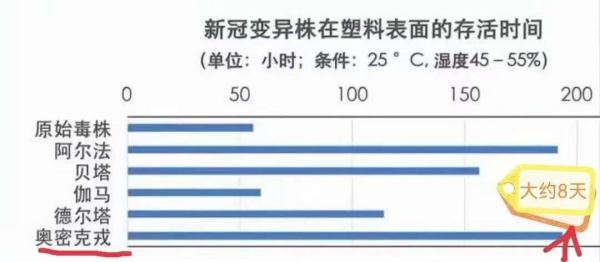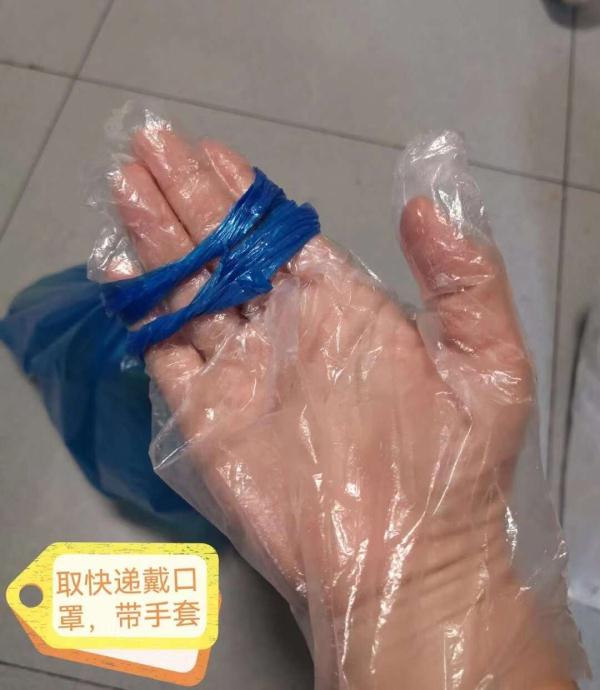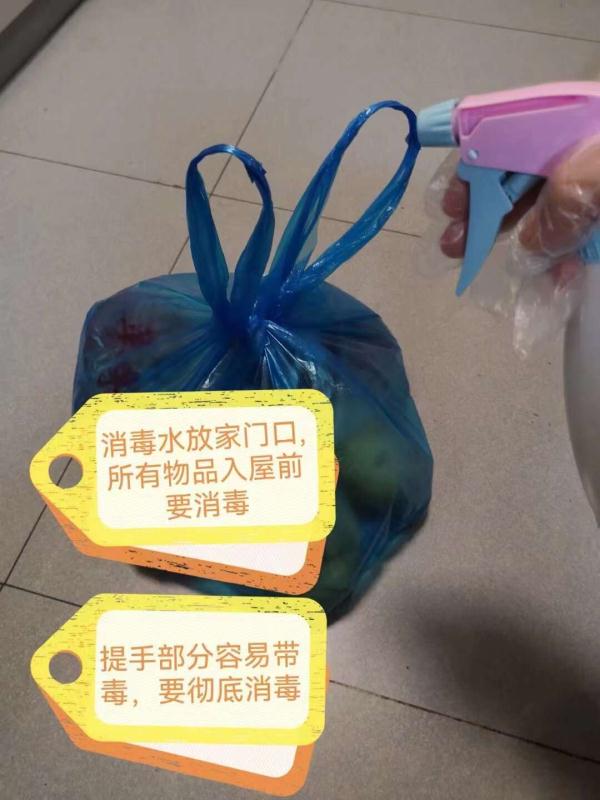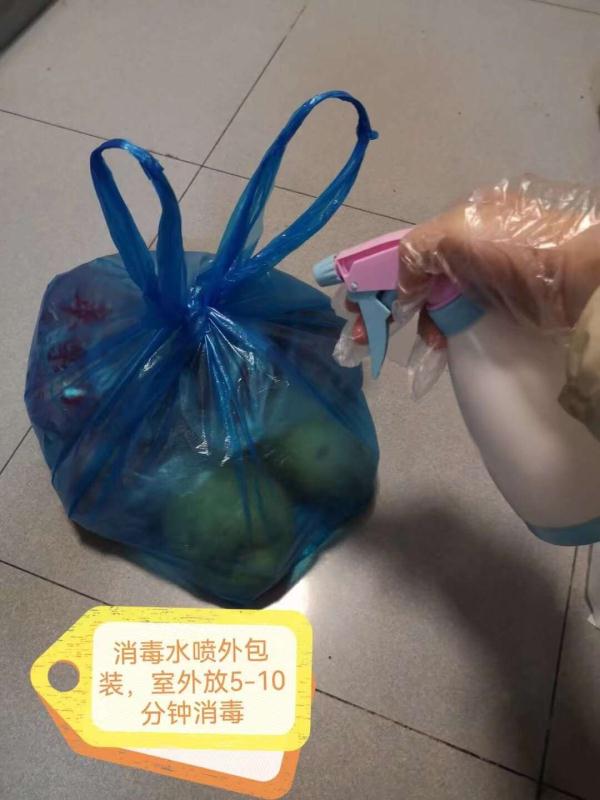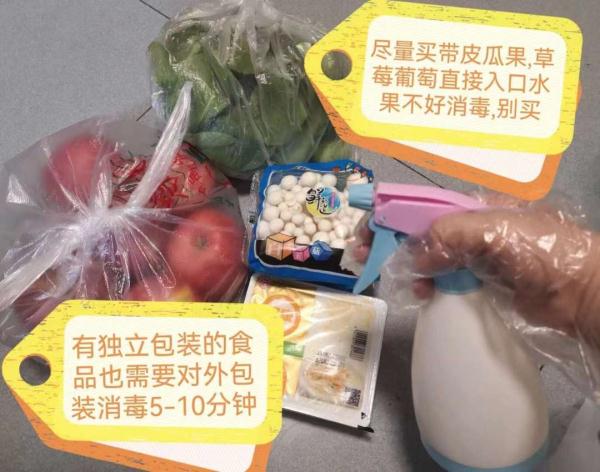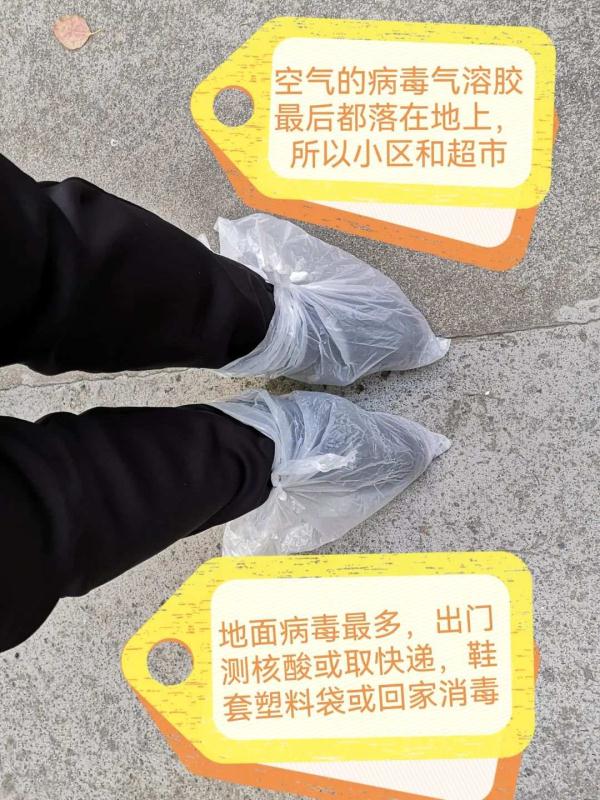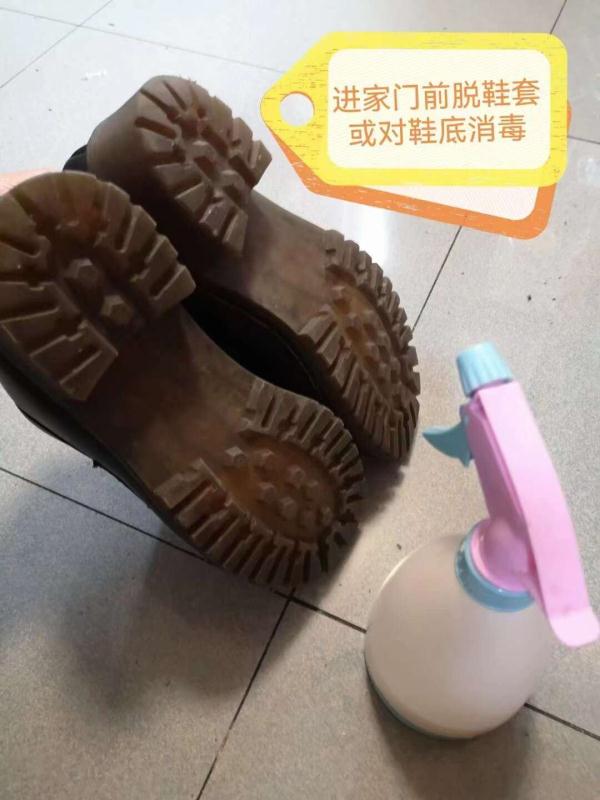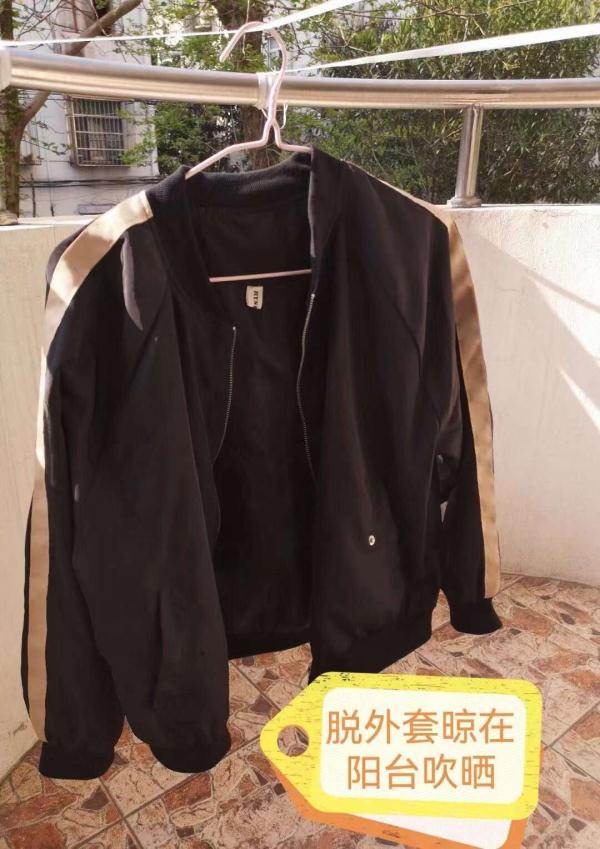On November 23, Changan Automobile’s share price suddenly hit the daily limit. It is rumored that Changan Automobile will invest 300 billion yuan in Huawei BU, which is valued at nearly one trillion yuan. But soon, both sides denied the news.
However, at around 16:30 pm on November 27th, Changan Automobile officially announced that it signed the Memorandum of Investment Cooperation with Huawei Technologies Co., Ltd. (hereinafter referred to as Huawei) in Longgang District, Shenzhen, Guangdong Province on November 25th.
"After consultation between the two parties, Huawei intends to set up a company engaged in R&D, design, production, sales and service of automotive intelligent systems and component solutions. The company intends to invest in the target company and carry out strategic cooperation. Both parties jointly support the target company to become an industry leader in automotive intelligent systems and component solutions based in China and facing the world." Chang’ an Automobile announced.
At the same time, Huawei Auto official website also released the article "Memorandum of Investment Cooperation between Huawei and Changan Automobile", which disclosed in detail the general situation of the cooperation between Huawei and Changan, including that the leaders of both parties attending the signing ceremony were "top-notch", and the speeches of their respective leaders also showed the general ideas of both sides on this cooperation.
"The new company will be committed to becoming a world-class leader in the automotive intelligent driving system and parts industry, and as an open platform serving the automotive industry, it will open its equity to investors such as existing strategic partner car companies and strategic car companies, and become a company with diversified equity." Huawei mentioned the development goals of the new company in its official press release.
Moreover, the speeches of two Huawei executives are worth pondering.
Xu Zhijun, Huawei’s rotating chairman, said: "Huawei insists on not building cars, but gives full play to its ICT technology advantages and marketing capabilities to help car companies build and sell good cars. We will continue to fulfill our commitments to customers and partners and jointly promote the rise of the automobile industry. "
Yu Chengdong, managing director of Huawei and chairman of BU, a smart car solution, said: "We have always believed that China needs to build an electric and intelligent open platform with a’ locomotive’. We deepen cooperation with Changan, and at the same time, we will work together with more strategic partner car companies to continuously explore new models of openness and win-win, and jointly seize the opportunity of electrification and intelligent transformation of the automobile industry to realize the dream of the rise of China’s automobile industry. "
Based on the above public information, we will get the following effective information:
1. Xu Zhijun once again stressed that "Huawei insists on not making cars". This sentence means that Huawei won’t have an independent car brand when the dust settles.
2. "Give full play to its own ICT technology advantages and marketing capabilities to help car companies build and sell good cars." The second half of Xu Zhijun’s sentence left a hole in the current "HarmonyOS Zhixing", that is, the so-called Huawei’s intelligent car selection business, which means that Huawei will still cut into the vehicle sales business, but the definition is "helping enterprises".
3. The business scope of the new company includes intelligent driving solutions for automobiles, intelligent cockpit for automobiles, intelligent digital platform for automobiles, intelligent Che Yun, AR-HUD and intelligent lights, etc. In principle, the components and solutions within the business scope are provided by the new company for vehicle customers, and Huawei does not engage in businesses that compete with Changan Automobile’s business scope in principle.This means the substantial divestiture of BU, and the entire technical assets will be transferred to the new company, but the core of the new company is parts, which further clarifies the basic principle that Huawei does not build complete vehicles.
4. The new company will gradually open its equity to investors such as existing strategic partners, car companies and car companies with strategic value, and become a company with diversified equity.There is a premise behind this sentence that Huawei will give no more than 40% of the shares of the new company to its partners. Changan Automobile is the first company, but it is not the only one. Later, it should include several partners including Cyrus, Chery, BAIC and Jianghuai.
After understanding the cause and effect, let’s think about why Huawei did this, and why did the first partner choose Changan Automobile?
There is no doubt that Huawei’s way of separating the smart car solution BU from Huawei’s big group is a bit like the glory of that year, but the decision-making starting point is completely different. But the basic idea is that this institution, which is almost independent of Huawei’s existing ICT (information, communication and technology) business, needs to be separated from Huawei’s big system, so as to achieve self-growth and hematopoiesis by seeking independent development, rather than relying on Huawei’s big tree.
It is reported that Huawei has invested more than $3 billion in smart car solutions, with a research and development team of 7,000 people, and 70%-80% of the invested funds are invested in the field of intelligent driving. However, according to the financial report released by Huawei, Huawei’s revenue in smart car solution BU in 2022 was about 2.077 billion yuan, accounting for only 0.3% of Huawei’s total revenue.
It can be seen that if Huawei’s smart car solution business only relies on China’s own investment, the presence of the entire BU will still not be too strong. However, if the investment in car BU is terminated at this time, it means that the previous tens of billions of investments and Huawei’s leading edge in the field of smart driving will be wasted.
At this time, the introduction of external investors can solve the problem of continuous investment in the BU business sector for Huawei, and also keep Huawei and China car companies in the leading position in the field of smart cars.
In fact, Huawei has solved another problem through the independence of BU, a smart car solution: China car companies are unwilling to sell their "soul" to "a potential competitor", which is also the reason that hinders the popularization of Huawei smart car solutions in China car companies, not to mention intervening in the supply chain system of joint venture car companies.
For a long time, the argument that Huawei does not build cars has always been controversial.
On the one hand, Huawei executives headed by Xu Zhijun always stressed that "Huawei does not build cars" and even once asked Huawei terminal stores to remove misleading posters such as "Huawei cars". Moreover, in the interview with Ren Zhengfei, the founder of Huawei, it can be seen that Huawei does not want to seize all the profits of an industry, and they are more willing to set aside profits for partners.
On the other hand, Yu Chengdong, the person in charge of BU, has been pushing forward Huawei’s deep involvement in building cars, taking full control of the three models in the world, using Chery resources to build a new car like Zhijie S7, followed by the "Jie" series of BAIC and JAC. The offensive situation of BU, which is led by Yu Chengdong, in the field of complete vehicles has made China’s automobile industry wary of "Huawei’s car landing".
Therefore, although Huawei began to sell car chips and Huawei Harmony OS (HarmonyOS—— OS system not built by Huawei itself) to OEMs including Geely Geometry and GAC Chuanqi, it did not get wider support. Even Geometry and Chuanqi have encountered difficulties in communication. For example, they can’t explain clearly the difference between "Huawei HarmonyOS" and "HarmonyOS OS" to consumers.
Therefore, the independence of BU, Huawei’s smart car solution, can reassure China car companies that Huawei does not build cars, and BU is more of a Tier 1 partner. Huawei will not get involved in the vehicle business, but it can empower smart car products of China car companies. After all, a separate Huawei car BU will have diversified equity, and car companies can participate in Huawei car BU business to gain the right to vote on the development of car BU business to ensure that it will not have business conflicts.
This "shareholding" strategy will enable all car companies that cooperate with Huawei to clarify Huawei’s role and identity, and ensure that its cooperation with Huawei will not be replaced by cooperation with Huawei. After all, after the independent operation of "Car BU", Huawei is more a major shareholder and technical endorsement than a controller.
It is conceivable that with the independence of Huawei BU, the new company will be more active in the sales of smart car solutions, and there will be more modes of cooperation with car companies.
For example, the new company will not be restricted by Huawei, the parent company, but can transplant Huawei’s software and system turnkey solutions to the existing mainstream hardware solutions, including chips and computing platforms provided by overseas suppliers such as Qualcomm, NVIDIA, Continental Electronics and Visteon. This alone can bring a lot of new business to the independent car BU new company.
It can be said that the decision of independent car BU will bring more imagination to the smart car industry in China.
Why did Huawei throw the first olive branch of the new joint venture company to Changan Automobile?
The core reason must be that Huawei has enough confidence in Changan’s investment in Aouita, and can also see Changan’s sincerity. In particular, it is very important that Changan can trust Huawei.
What many people may not know is that when Aouita 11 was first released, although Huawei’s chips and hardware were used, the car machine system was not HarmonyOS OS, but a set of car machines developed by Huawei HarmonyOS system. However, half a year after the delivery, Aouita felt that it should abandon this self-developed car machine system and switch to Huawei’s HarmonyOS OS. The sunk cost, the R&D expenses needed for Huawei, and letting the entrance of the car out-this decision is unimaginable for many China car companies, let alone their own brands.
In August of this year, Changan Automobile made its own "pro-son" Deep Blue Automobile also sign a cooperation framework with Huawei’s smart car solution BU, which is a comprehensive bet on Huawei’s cooperation.
It can be said that Changan Automobile chose to firmly embrace Huawei through the cooperation project of Aouita. For a central enterprise and the second largest domestic passenger car sales brand in China, Changan Automobile has great courage to go against the trend when the "soul theory" is noisy. This time, Huawei was the first to find Changan Automobile after setting up a new company, which was regarded as reciprocated.
And in terms of scale, with Changan Automobile, Huawei can roll out smart car solutions according to the scale of one million vehicles. Now it is a Aouita brand, followed by a mid-to-high-end dark blue brand, and it will become the mainstream Changan brand in a few years. Ford, Mazda and other joint-venture independent vehicles cooperating with Changan may also use Huawei’s smart solutions.
Coupled with the existing channel scale of Changan, Huawei doesn’t even need to invest too much terminal resources, so it is reasonable for Huawei to cooperate with Changan.
Of course, Huawei’s choice of Changan Automobile may also have some external factors.
Not long ago, Dongfeng Motor revealed that Dongfeng is working with China FAW and Changan Automobile to build a vehicle operating system. This is another time for the three major automobile groups in China to "overcome difficulties" and try to jointly solve the operating system problem of "the neck of the automobile industry in China".
However, if we want to develop our own car operating system, it doesn’t mean that car companies can change their own Android system. Basically, the underlying operating system of cars has always been dominated by QNX of Blackberry, while open source Linux is another path, and the middleware AUTOSAR is also included.
At present, because the underlying operating system of vehicles involves functional safety, real-time operation, large-scale verification and other requirements, the enterprises that can participate in it are quite limited. Therefore, when the three major automobile groups in China join hands to build the underlying operating system of their own automobiles, it is inevitable to find a partner in the fields of software and ICT, and Huawei is almost the only choice.
More interestingly, Huawei also released HarmonyOS NEXT in a low-key manner in August. The bottom layer of the new system is self-developed by Huawei, which only supports the applications of HarmonyOS kernel and HarmonyOS system, and is no longer compatible with Android applications. Recently, Huawei also officially announced the HarmonyOS native application development plan, and more heavyweight apps began to rewrite the code based on the brand-new system, including Nail, Yuanshen and bilibili.
After Huawei launched HarmonyOS NEXT, it means that Huawei will completely break away from the existing Android system-the current HarmonyOS is based on the AOSP Android open source project-and form a completely closed, controllable and brand-new system that will not be affected by European and American patents.
From this perspective, if Huawei can build HarmonyOS NEXT, it can help China car companies to have their own controllable vehicle operating system. Therefore, the reason why Huawei chose Changan Automobile is even more important.
Of course, after Huawei and Changan announced the signing of the Memorandum of Cooperation and Investment, it was probably Cyrus who was most shocked.
Cyrus published a "Description of the Situation" late at night on November 26th, in which the most important sentence was: "At present, Cyrus has received an invitation to jointly invest in the target company and jointly participate in the construction of an electrified and intelligent open platform, and the company is actively demonstrating the relevant matters of participating in investment and cooperation."
It’s just that this passage didn’t play much role in Cyrus’s share price the next day. At the opening of the market on the morning of November 27th, Cyrus’ share price once fell by more than 7%, and it was not until near noon that Cyrus and Huawei jointly announced that the new M7 order exceeded 100,000 units that Cyrus’ share price gradually recovered its lost ground. However, in recent days, Celis has been more or less influenced by the deep cooperation between Changan and Huawei, and its share price has dropped from the highest 99.97 yuan to the current 76.09 yuan.
What is the relationship between HarmonyOS Zhixing and Huawei’s smart car solution BU? Will these brands, which have been listed and not yet listed, become "past tense"? The focus of attention of these parties, only Huawei has the sole right to interpret.
Yu Chengdong released a special Weibo after the closing of Cyrus, which not only mentioned that the order of M7 in the world exceeded 100,000 units, but also specifically explained the cooperation mode between Huawei and Cyrus.
"HarmonyOS Zhixing is the most comprehensive, close and in-depth mode of cooperation between Huawei and car companies, with the most advanced Huawei smart car innovation technology and the best intelligent experience.
Sailis is the earliest and deepest car enterprise partner in our HarmonyOS Zhixing model. Huawei will continue to work with Sailis to bring more and better products and services to consumers and create one hundred thousand cars after another! "Yu Chengdong wrote.
This passage basically explains the positioning of "HarmonyOS Zhixing" and the difference between Huawei and Changan. According to Yu Chengdong, "HarmonyOS Zhixing" not only has Huawei’s intelligent new technology, but also includes Huawei’s deep participation and all-round cooperation, which includes Huawei’s product design, production quality management, sales channel establishment and so on.
At the same time, the official micro of HarmonyOS Zhixing also "interpreted" himself:
1. HarmonyOS Zhixing is a comprehensive upgrade of Huawei’s smart car selection business, and its full name is HarmonyOS Smart Car Technology Ecological Alliance.
2. The car models of the car world and the car world are members of HarmonyOS Zhixing family.
3. The products of HarmonyOS Zhixing are purchased through Huawei channel, and the after-sales service is the unified user center of HarmonyOS Zhixing.
4. In addition to technology, HarmonyOS Zhixing also has Huawei’s comprehensive empowerment in product, quality, sales, service and marketing.
Therefore, in contrast, although Changan has made investment cooperation with Huawei, the products will not enter the category of "HarmonyOS Zhixing" with a high probability, but the brands of Wenjie, Zhijie and subsequent brands can be sold in Huawei’s dealer system.
In other words, the endorsement of "Huawei" channel is the biggest brand appeal of HarmonyOS Zhixing and the biggest reliance of Cyrus, Jianghuai and BAIC.
From Huawei’s point of view, if the sales volume of HarmonyOS Zhixing can be stabilized at about 300,000 vehicles a year, it will also be a market with a scale of 100 billion, and it will be a new "revenue-generating way" for Huawei dealers to continue this model. After all, considering the increasing volume of the mobile phone market and the low ceiling of Huawei’s mobile phone in the domestic consumer market, it is reasonable to switch to the automotive field. What’s more, Xiaomi, Huawei’s main competitor, is about to enter the field of complete vehicles, so the automobile industry is a battleground for Huawei.
This also reflects Huawei’s cooperation ideas in the automotive field: cooperating with weak recognition brands in HarmonyOS Zhixing to earn both technical fees and channel fees; Cooperate with strong brands for smart car solutions without further involvement.
However, it is very interesting that Chery, although cooperating with Huawei in the intellectual brand, has retained its own star-studded era ES, and even formed an "internal beating" state. To say that Chery has entered HarmonyOS Zhixing and is a weak brand, probably Chery will not be willing; However, if Chery adopts a similar cooperation mode between Huawei and Changan, then why should Zhijie S7 be put in HarmonyOS Zhixing?
Perhaps the subtlety is that when Chery was building a new generation of pure electric platform, it did not expect that it could make a turnaround in 2023.
Another direction of thinking about the cooperation between Changan and Huawei this time is that most people think that the independence of Huawei’s smart car solution BU means that Huawei will continue the "Bosch" that they wanted to be in the automotive industry, but only focus on the "smart car" field, providing solutions such as intelligent cockpit, intelligent driving and intelligent interaction.
In fact, this logic is also reasonable.
Huawei has now cut into more hardware fields, including electric drive, power module, chassis control, laser radar, vehicle-mounted chips, computing chips and so on, and compared with overseas suppliers, Huawei’s turnkey solutions in the software field are more suitable for the China market.
According to Huawei’s strategy of divesting smart car solution BU, BU, as an independent company, can cut into the business of vehicle companies more deeply, without worrying about the attitude of car companies. As an independent parts company, Car BU is almost impossible to build a car, and Huawei headquarters has no chance to build a car without smart car solutions.
In this way, Che BU, a new company, will be able to sell hardware and customized software in strict accordance with the standard practices of Tier 1 enterprises. Especially with the launch of new technologies, cooperative companies don’t have to worry that Huawei will get the first round, but they can get the opportunity to use the latest technologies through cooperation and negotiation to achieve maximum win-win results.
Another view of the driving school is that as Huawei divests the car BU, it will actually bring"Huawei technology disenchants".
The reason is that if only Huawei cars adopt Huawei technology, everyone will think that Huawei cars have unique charm, but they will inevitably be limited to niche areas. However, when all car companies can use Huawei technology, Huawei technology is essentially "disenchanted"-Huawei technology can be given to any model from smart driving to cockpit, and Huawei’s cars are not exclusive.
The advantage for Huawei is that the scale of Huawei’s smart car solutions will go up, and it can be iterated more quickly, constantly using new technologies to "attract" more car companies to use Huawei’s smart car solutions.
In this way, the competitive differentiation of HarmonyOS Zhixing, Chang ‘an and Geely is not who uses Huawei technology first, but whose technology integration is better-this is back to the original competition mode of the automobile industry.
Even Huawei still has "HarmonyOS Zhixing", but to a great extent, "HarmonyOS Zhixing" is similar to a technology integration enterprise. The vehicle manufacturing enterprise belongs to the ODM at the chassis level, and the car BU is a core technology supplier similar to Sony and Qualcomm, which is finally integrated by Huawei and sold in its own channels.
In this way, the competition pattern of the automobile industry is more and more like the mobile phone and computer industries. Perhaps the flagship product has a higher degree of self-research, but the low-end products are completely the products of technology integration-in the past, the fuel vehicle era had to compete for engines and gearboxes, and the electric era could completely rely on external procurement. Differentiation is even just a subtle difference in styling and chassis style, and what consumers value more is only the non-standardized part.
For example, there is no difference in functional experience between Changan’s entry car and Jianghuai’s entry car, which depends entirely on who has better brand awareness and wider channels, rather than the technical differences of the products themselves. This is similar to the current competition among Redmi, Glory and OV.
Undoubtedly, when the overall logic of the smart car industry begins to approach the mobile phone industry, Huawei’s vision of being "Bosch in the smart car industry" can be realized.
The next question is, Huawei has already played its cards, and Changan has also taken over. So how will Geely and its Star Meizu, Great Wall and its Mimo Zhixing, SAIC and Zero Beam software respond?
My guess is: whoever can bind foreign car companies together and let their smart car solutions go overseas first will have the chance to win the next game.
Text | |JackieLXX
Figure | Network










